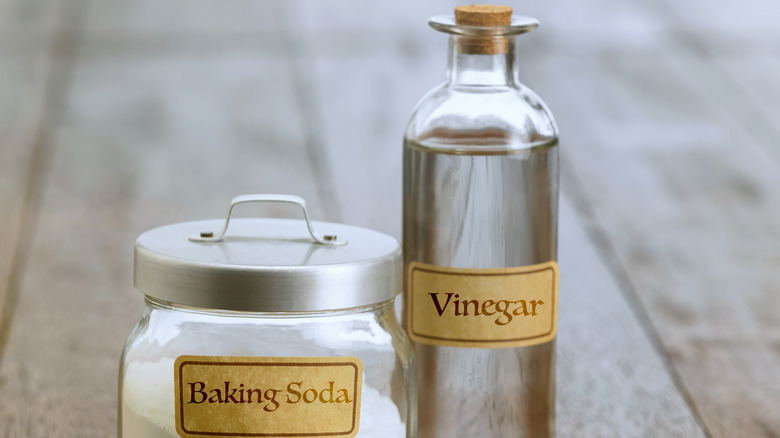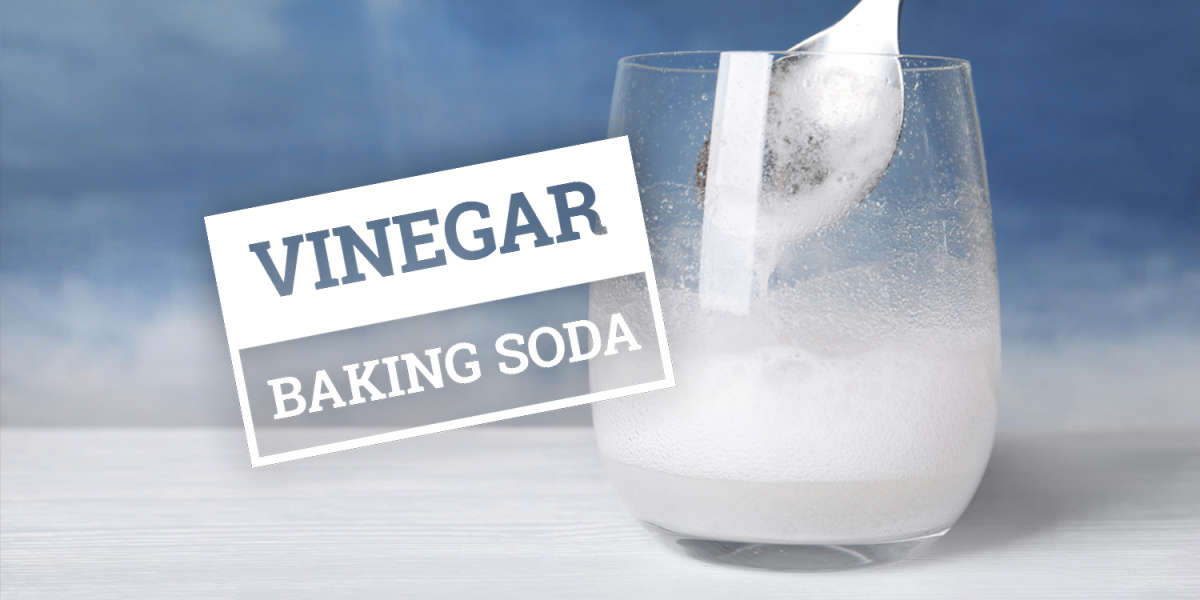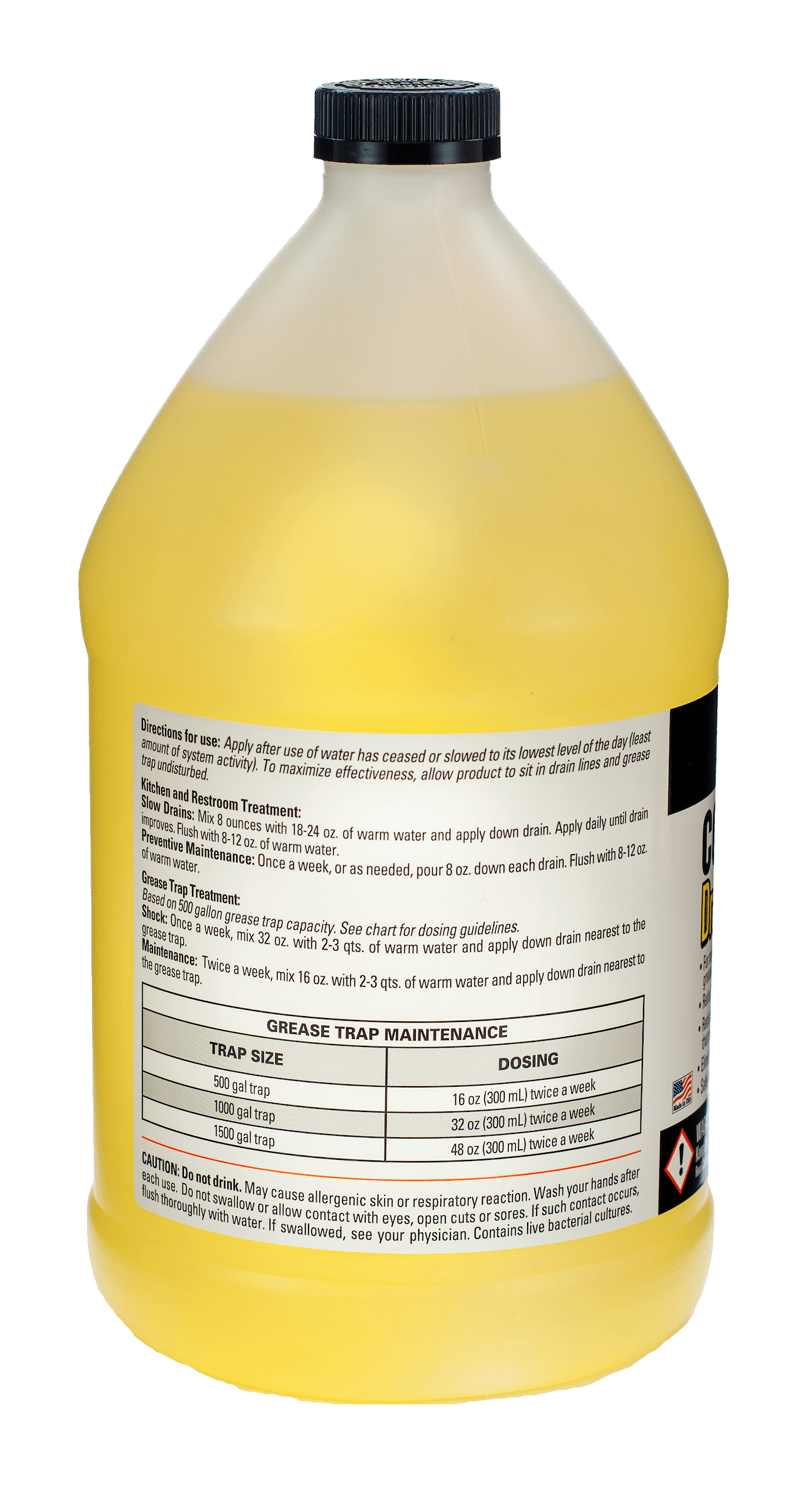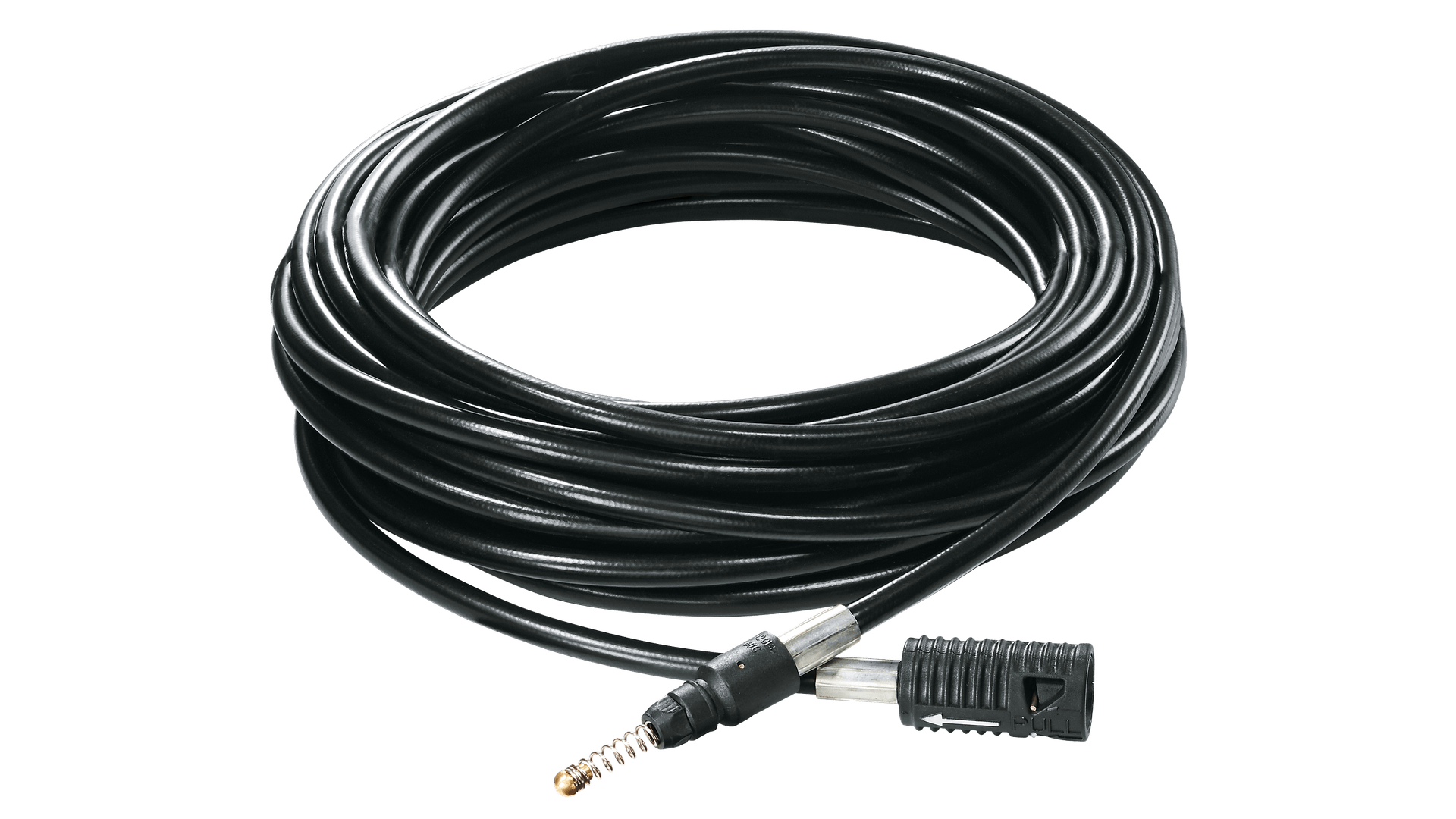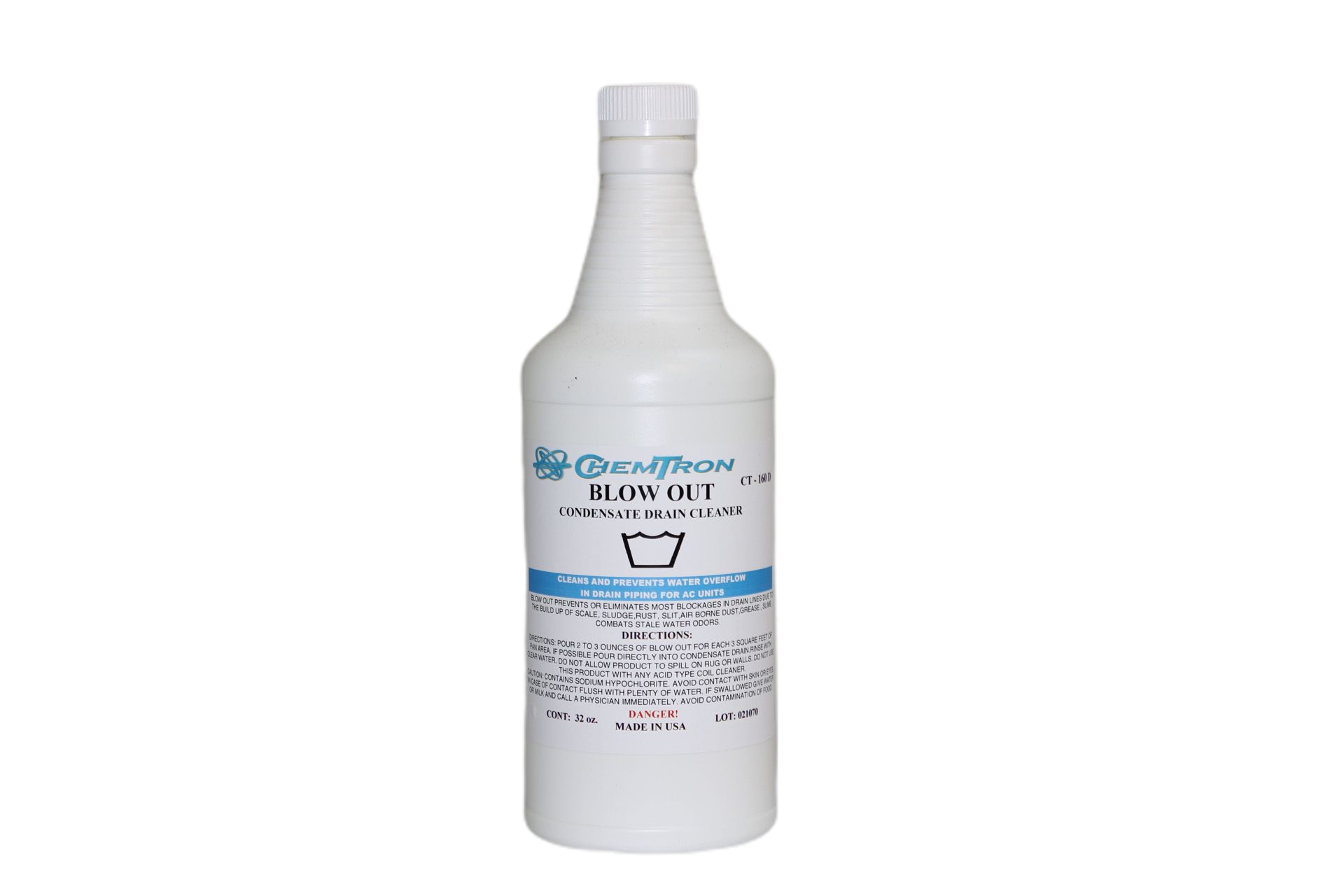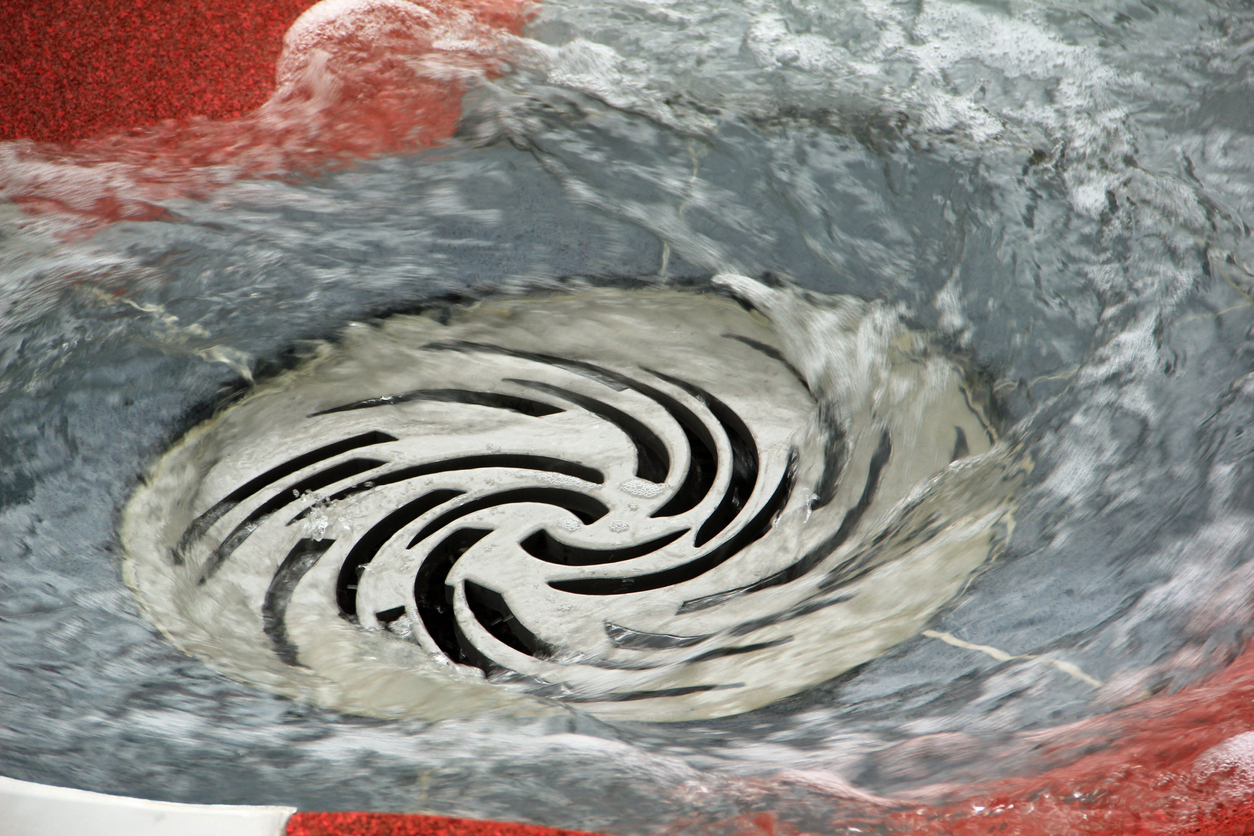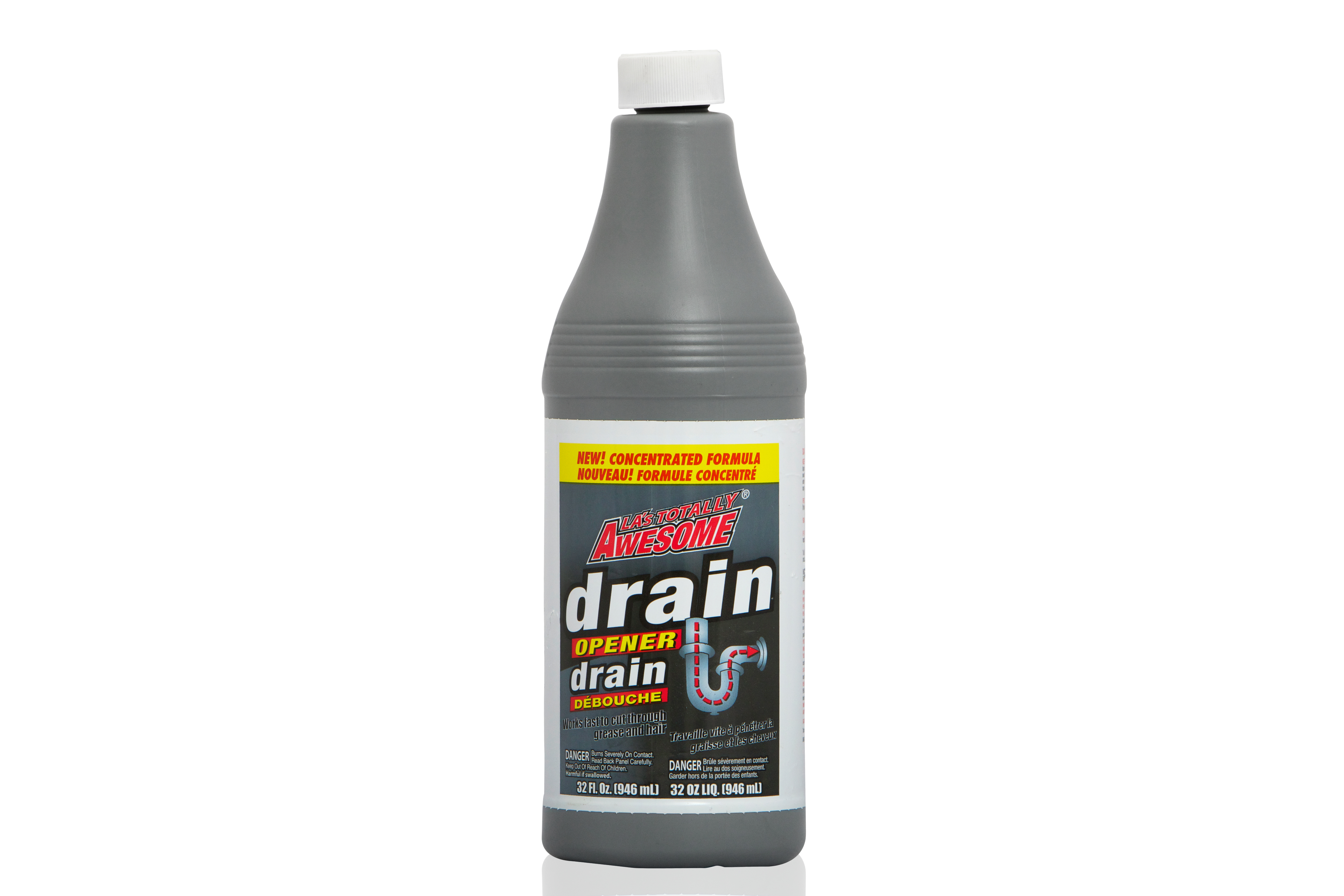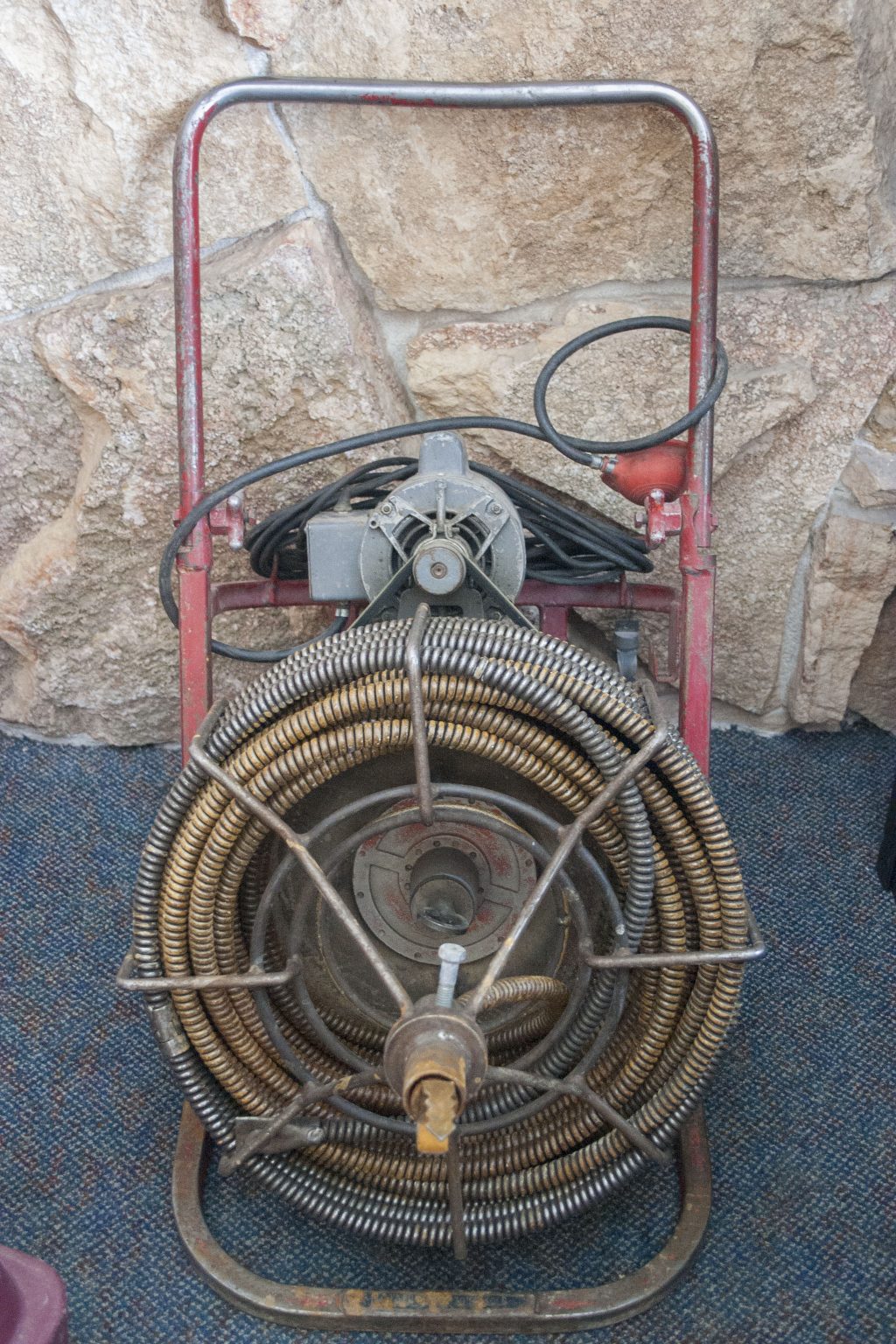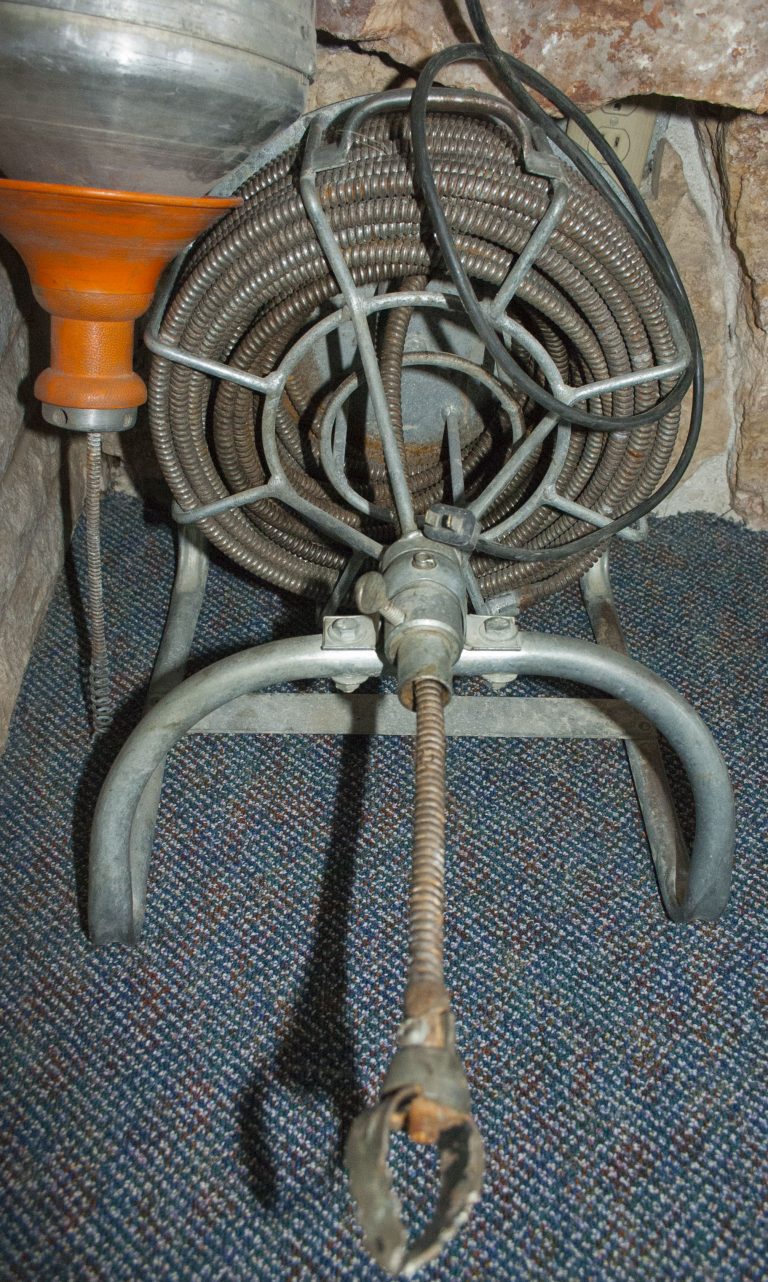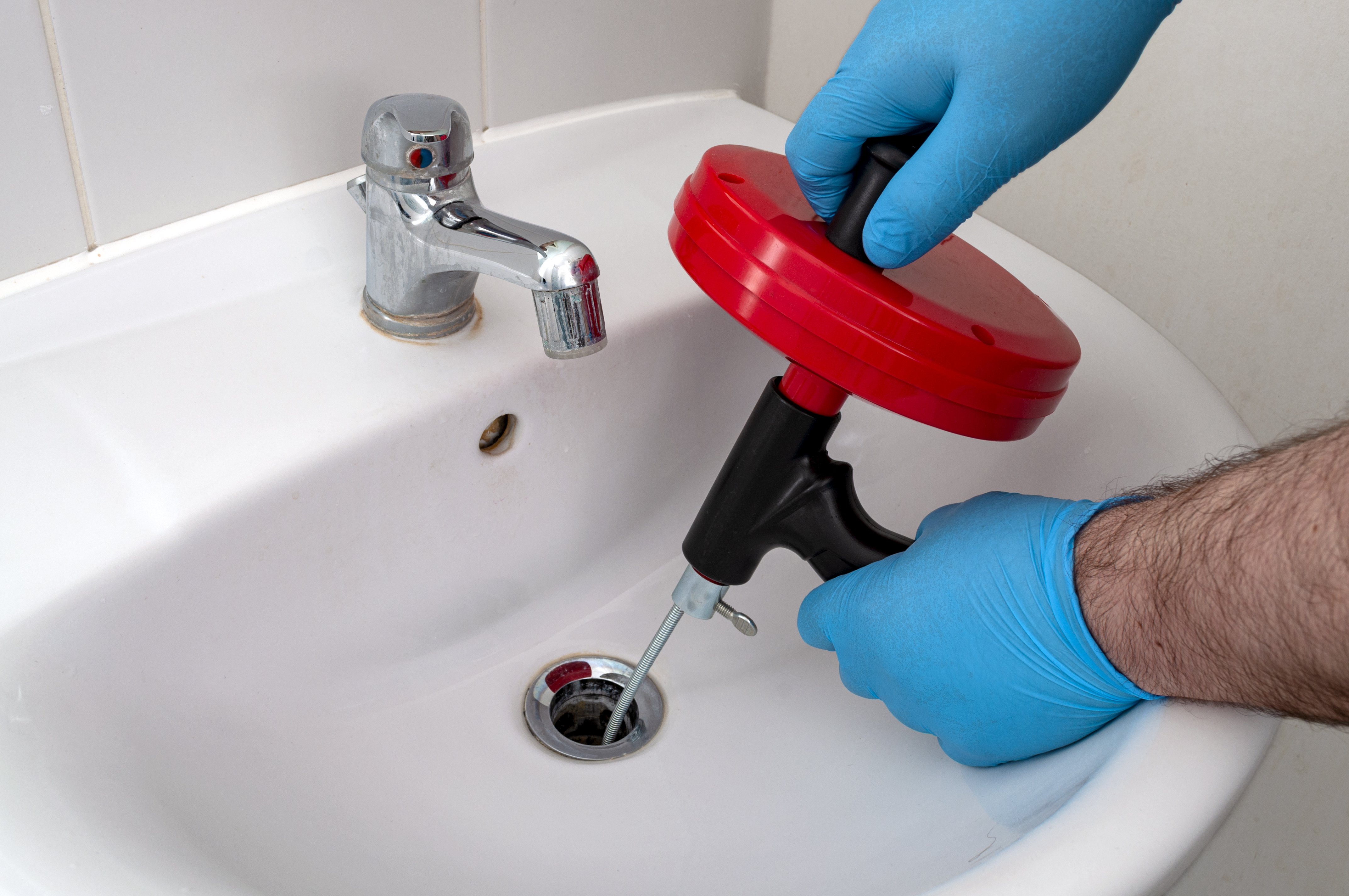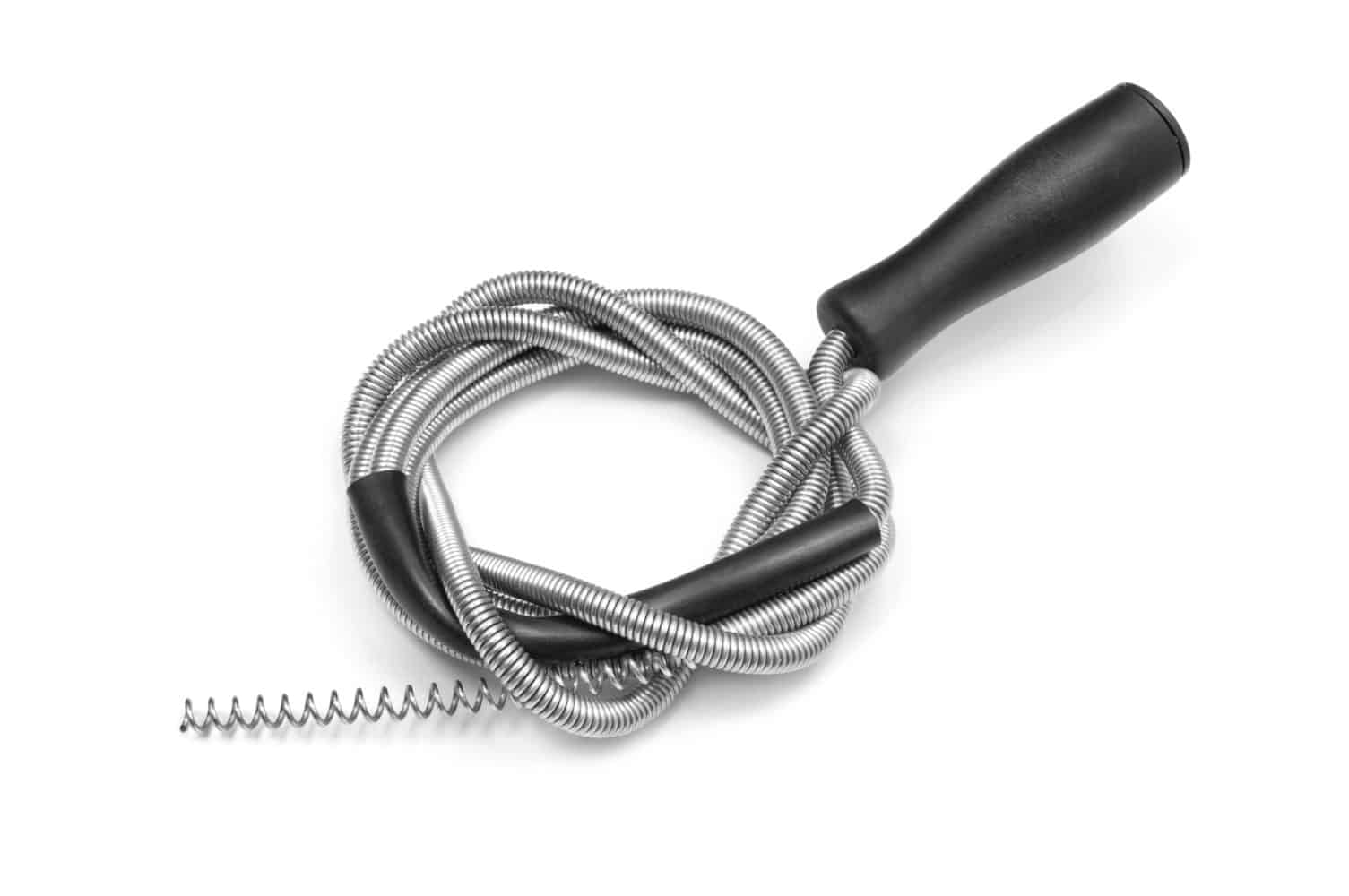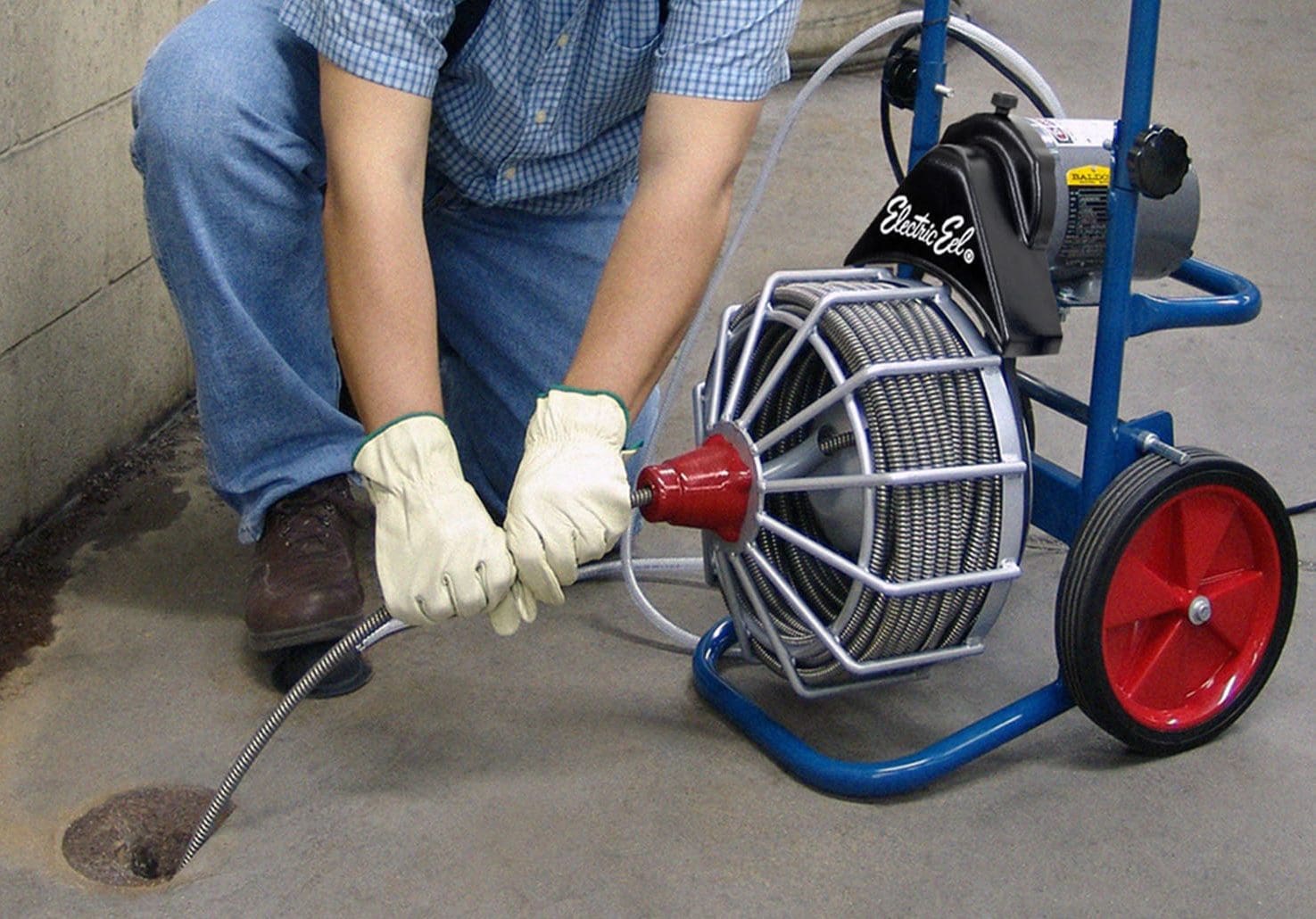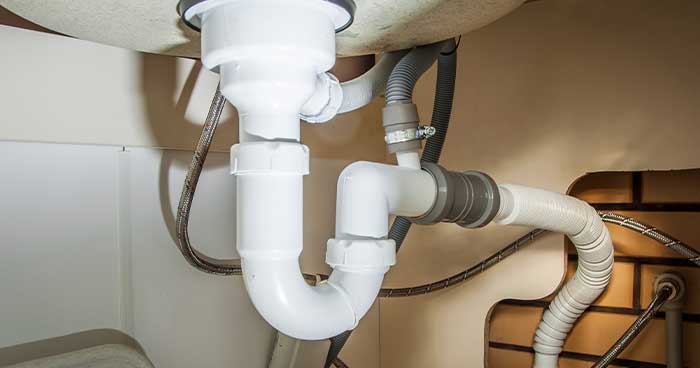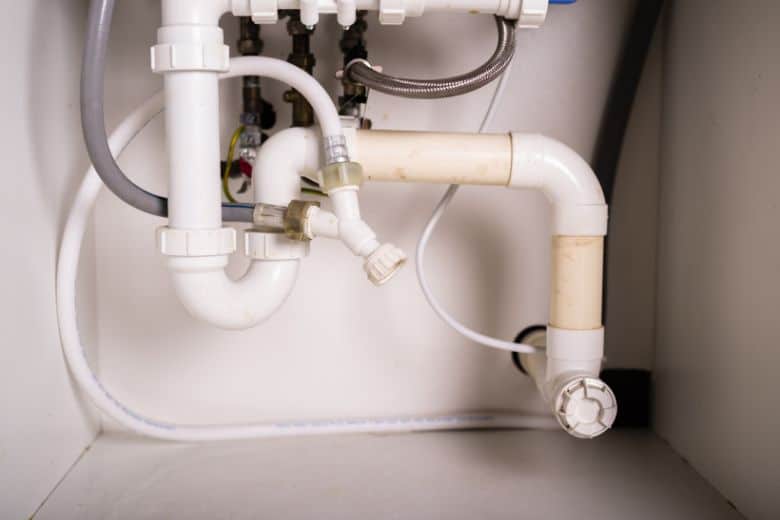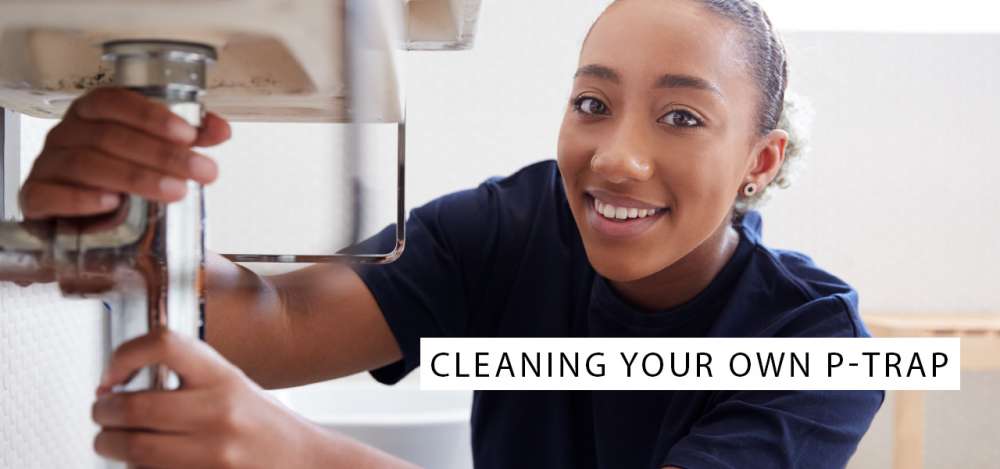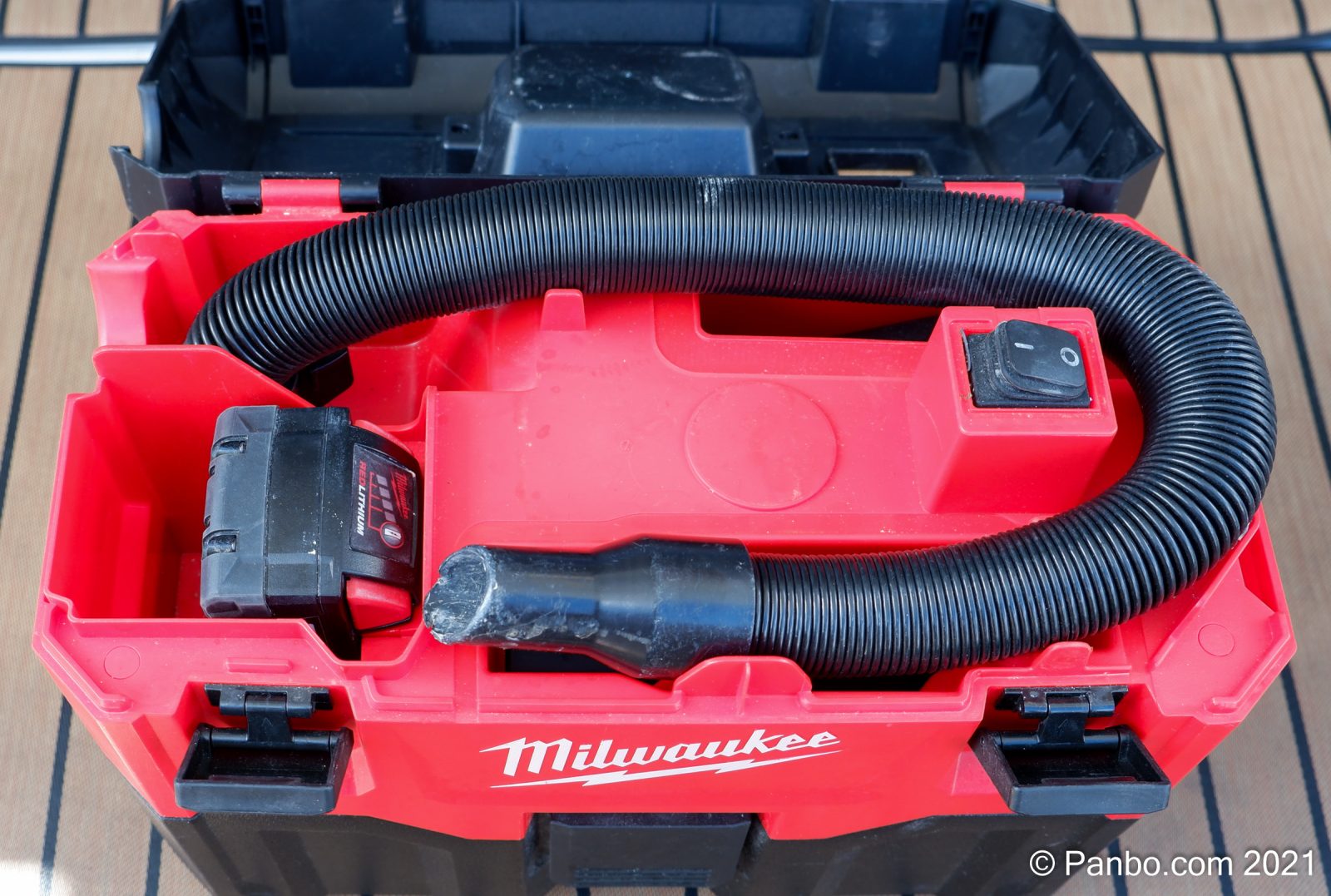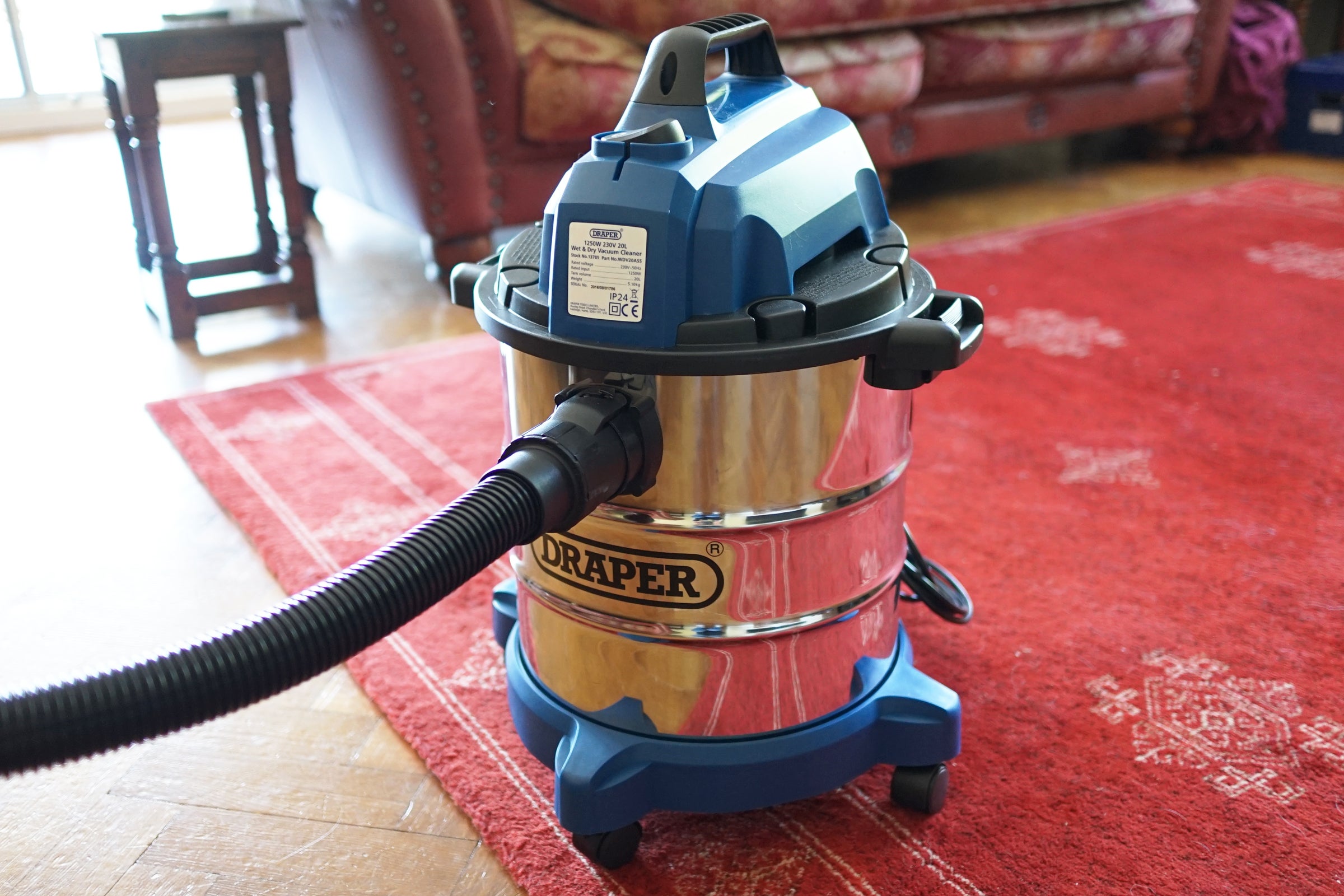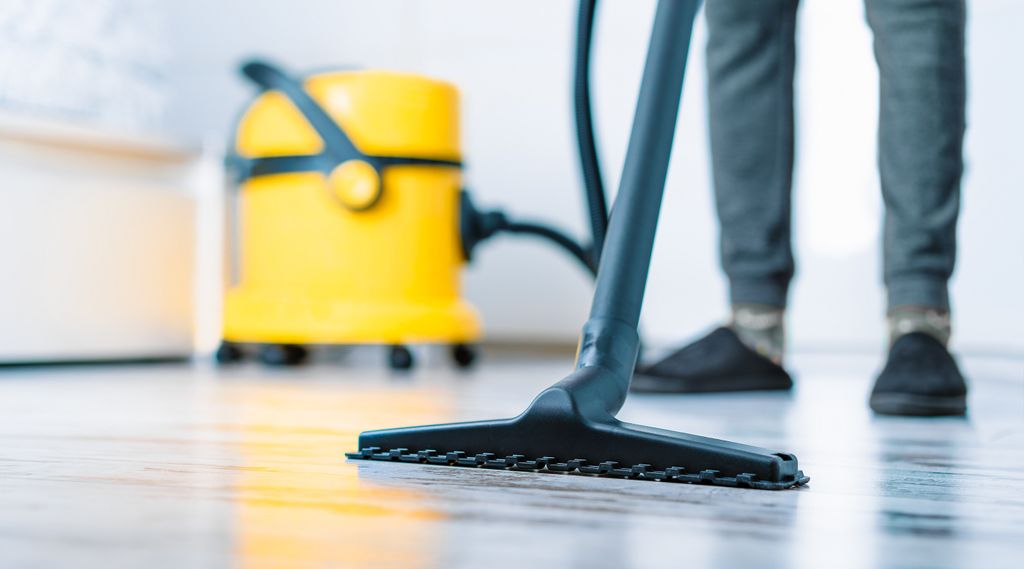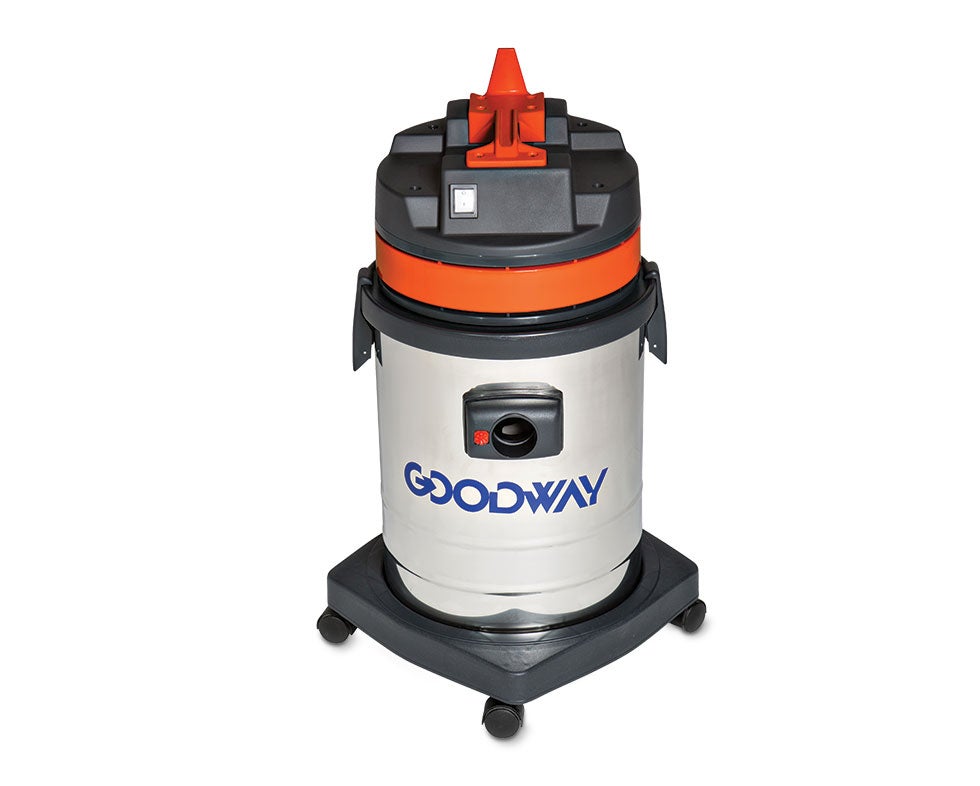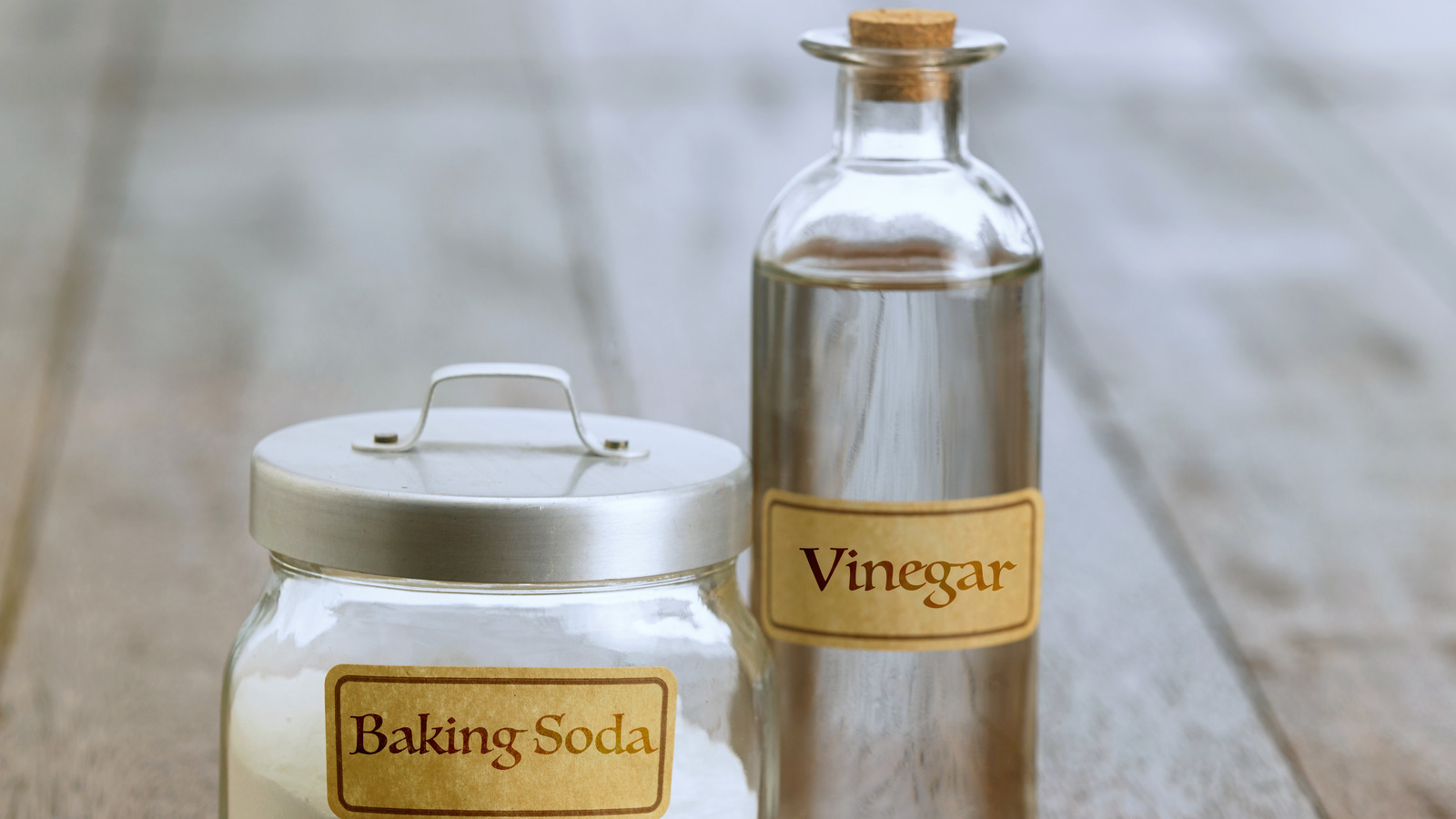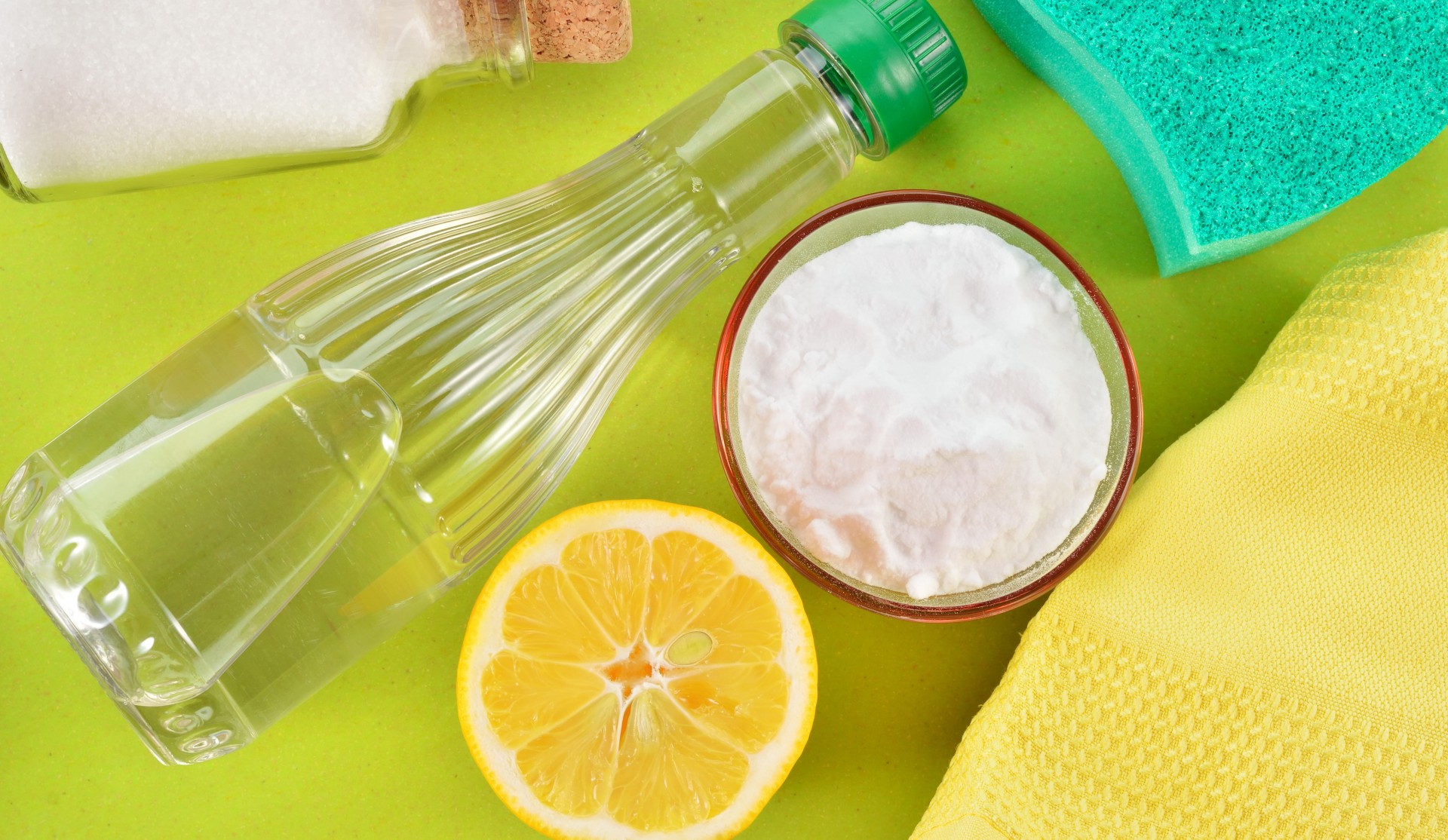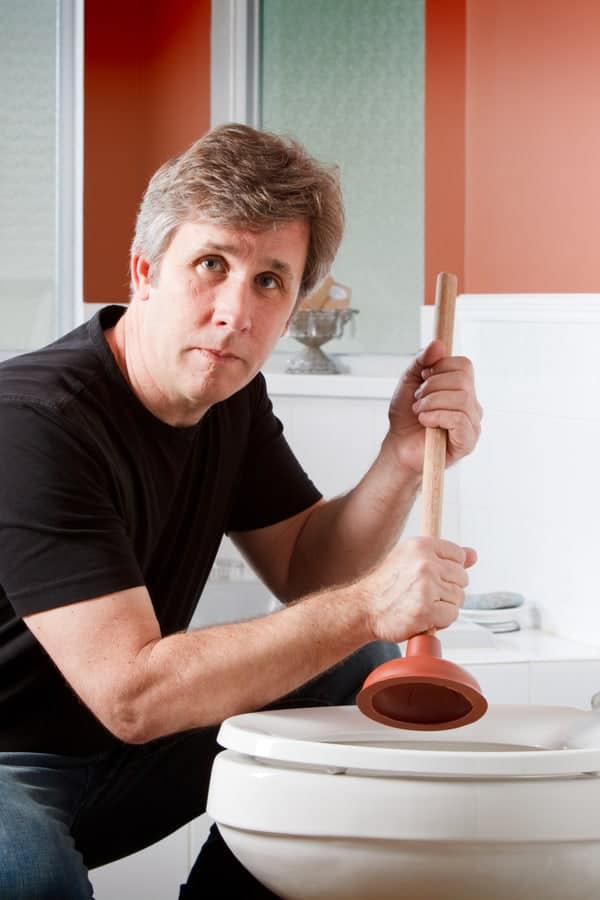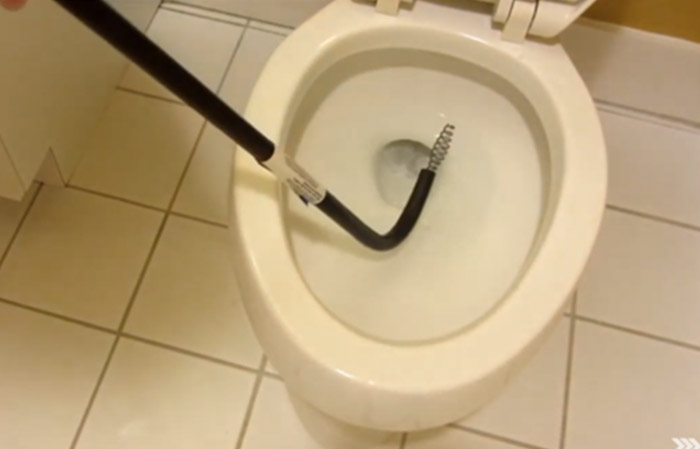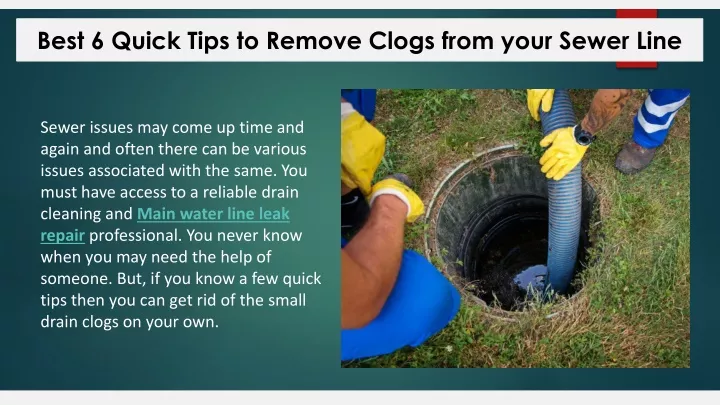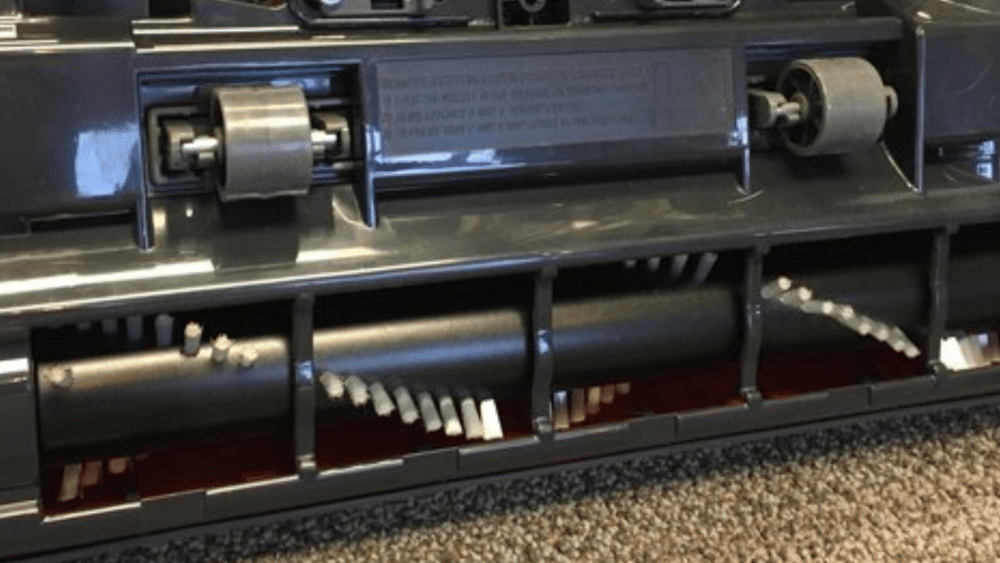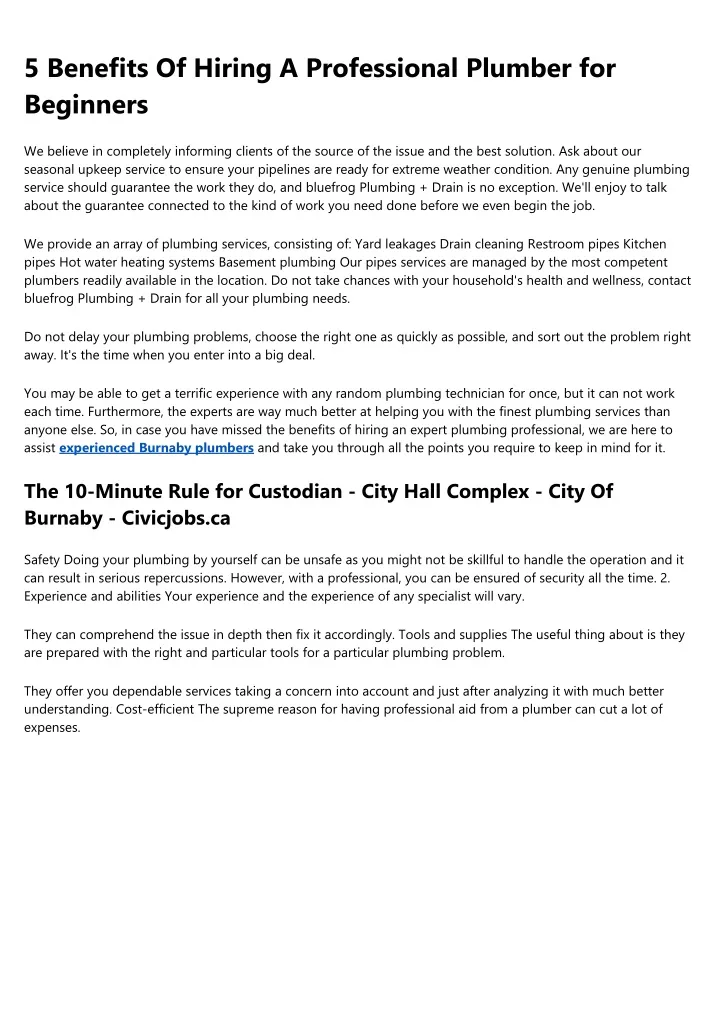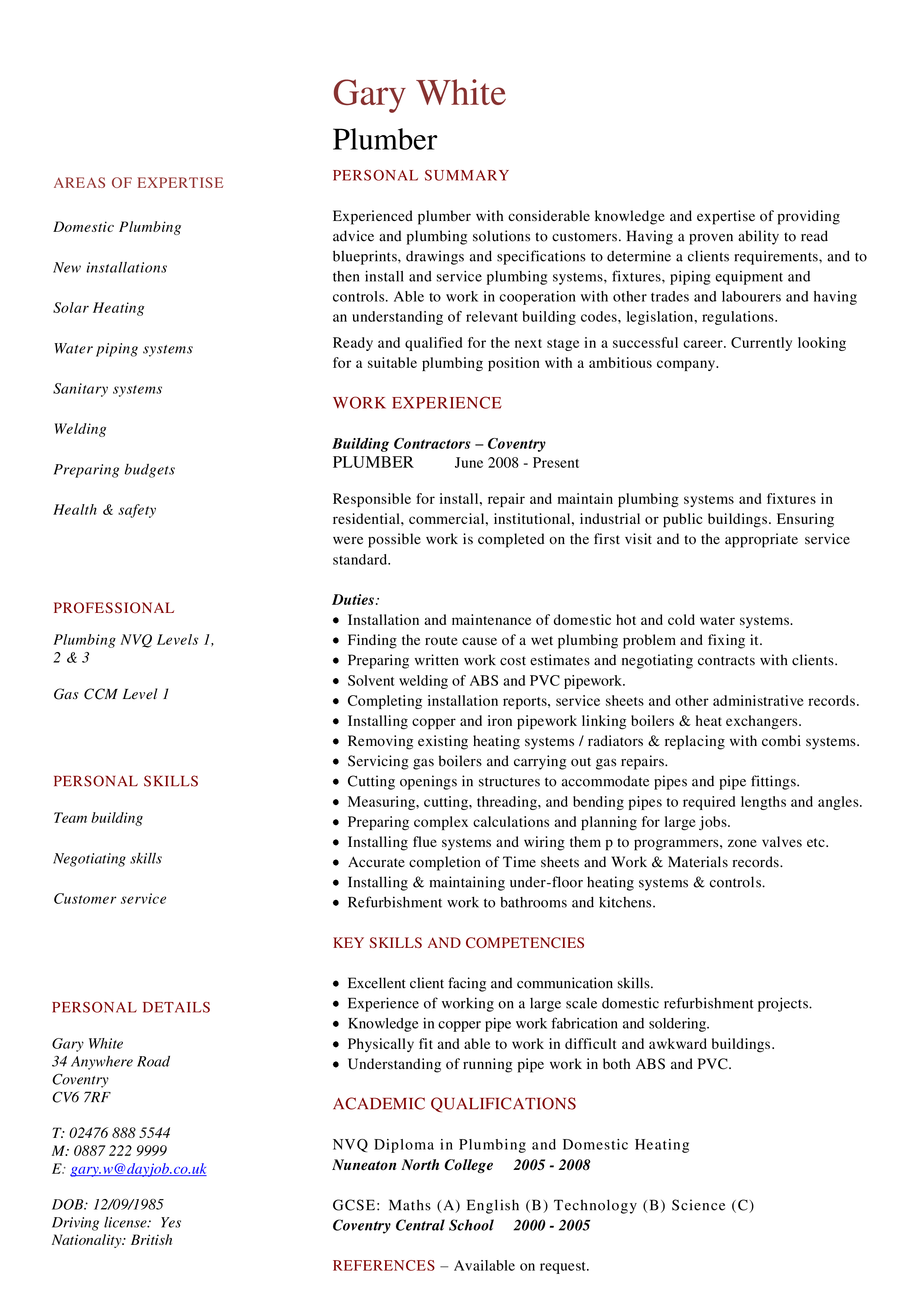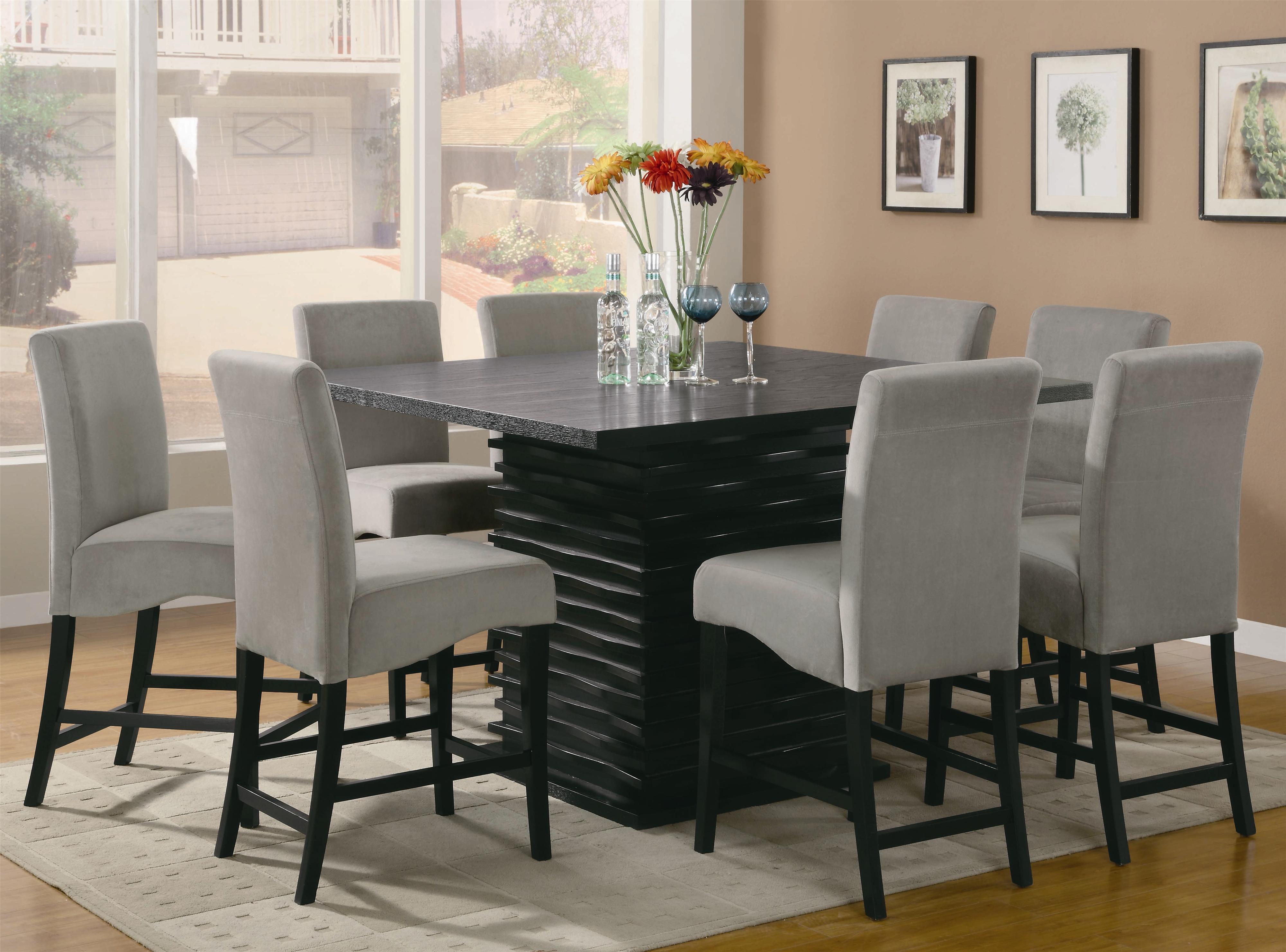If you're dealing with a clogged kitchen sink, the first tool you should reach for is a plunger. This simple but effective tool can help dislodge any blockages in your drain by creating suction and pressure. To use a plunger, fill the sink with enough water to cover the rubber part of the plunger. Place the plunger over the drain and push down and up rapidly to create suction. This should loosen the clog and allow it to move down the drain. Plunger is an essential tool for any home and can easily be found at your local hardware or home improvement store.1. Use a plunger
If the plunger doesn't do the trick, try pouring boiling water down the drain. This can help break up any greasy or oily clogs that may be causing the blockage. Simply boil a large pot of water and carefully pour it down the drain in a slow and steady stream. You may need to repeat this a few times to completely clear the clog. Make sure to use caution when handling boiling water and do not use this method if you have plastic pipes, as the hot water can cause them to melt or warp.2. Pour boiling water down the drain
Baking soda and vinegar are two household items that can work wonders on a clogged kitchen sink. To use this method, start by pouring 1/2 cup of baking soda down the drain. Then, pour 1/2 cup of vinegar down the drain and immediately cover the drain with a cloth or plug to contain the reaction. After 15 minutes, remove the cover and pour boiling water down the drain to flush out the clog. This all-natural method is not only effective but also safe for your pipes and the environment.3. Use a mixture of baking soda and vinegar
If the clog seems stubborn and none of the above methods have worked, you may want to try using a commercial drain cleaner. These products are specifically designed to break down clogs and can be found at most grocery or hardware stores. It's important to read and follow the instructions carefully, and keep in mind that these cleaners can be harsh and may damage your pipes if used too frequently. Look for a drain cleaner that is safe for all types of pipes and use it sparingly to avoid any potential damage.4. Try a commercial drain cleaner
If the clog is deep in your pipes and out of reach of a plunger, a plumbing snake may be the solution. This tool is a long, flexible wire with a corkscrew-like end that can be inserted into the drain and rotated to break up and remove the clog. You can purchase a plumbing snake at a hardware store or rent one from a home improvement store. A plumbing snake is a handy tool to have for any clogged drain and can also be used for other plumbing issues such as removing hair from shower drains.5. Use a plumbing snake
If all else fails, you may need to remove and clean the P-trap under your sink. The P-trap is the curved pipe located under your sink that is designed to catch debris and prevent it from entering your pipes. Use a wrench or pliers to loosen the nuts and remove the P-trap. Clean it out and reattach it, then run water to see if the clog has been cleared. Remember to have a bucket or towels handy to catch any water that may spill out when removing the P-trap. And don't forget to wear gloves to protect your hands from any debris.6. Remove and clean the P-trap
If you have a wet/dry vacuum, it can also be used to unclog a kitchen sink. Set the vacuum to the wet setting and create a seal around the drain with a cloth or plunger head. Turn on the vacuum and let it run for a few minutes to suck out the clog. This method works best for larger clogs and can also be used for bathroom sinks and tubs. A wet/dry vacuum is a versatile tool to have in your home and can come in handy for many different tasks, including unclogging drains.7. Use a wet/dry vacuum
If the baking soda and vinegar method didn't work, you can try a slightly different combination of these ingredients. Start by pouring 1/2 cup of salt down the drain, followed by 1/2 cup of baking soda. Then, pour 1 cup of vinegar down the drain and cover it with a cloth or plug. After 15 minutes, flush the drain with boiling water. This combination is safe for all types of pipes and can be used as a preventative measure to keep your drains clear.8. Try a combination of salt, baking soda, and vinegar
If you don't have a plumbing snake, a wire hanger can also be used to remove clogs from your kitchen sink drain. Straighten out a wire hanger and create a small hook at one end. Insert the hook into the drain and use it to break up and remove any debris or hair that may be causing the clog. This DIY method may take some patience and maneuvering, but it can be effective for minor clogs.9. Use a wire hanger to remove clogs
If all else fails, it may be time to call in a professional plumber. They have the tools and expertise to handle even the most stubborn clogs and can also identify and fix any underlying issues that may be causing frequent clogs in your kitchen sink. While it may cost more than a DIY approach, hiring a professional plumber can save you time and hassle in the long run. In conclusion, there are many ways to unclog a kitchen sink, from using household items to calling in a professional. Remember to use caution and follow instructions carefully to avoid any damage to your pipes. And don't forget to regularly maintain your drains to prevent future clogs. With these top 10 best ways to unclog a kitchen sink, you can keep your sink running smoothly and avoid any frustrating plumbing issues.10. Call a professional plumber
Additional Ways to Unclog a Kitchen Sink

Use a Plunger
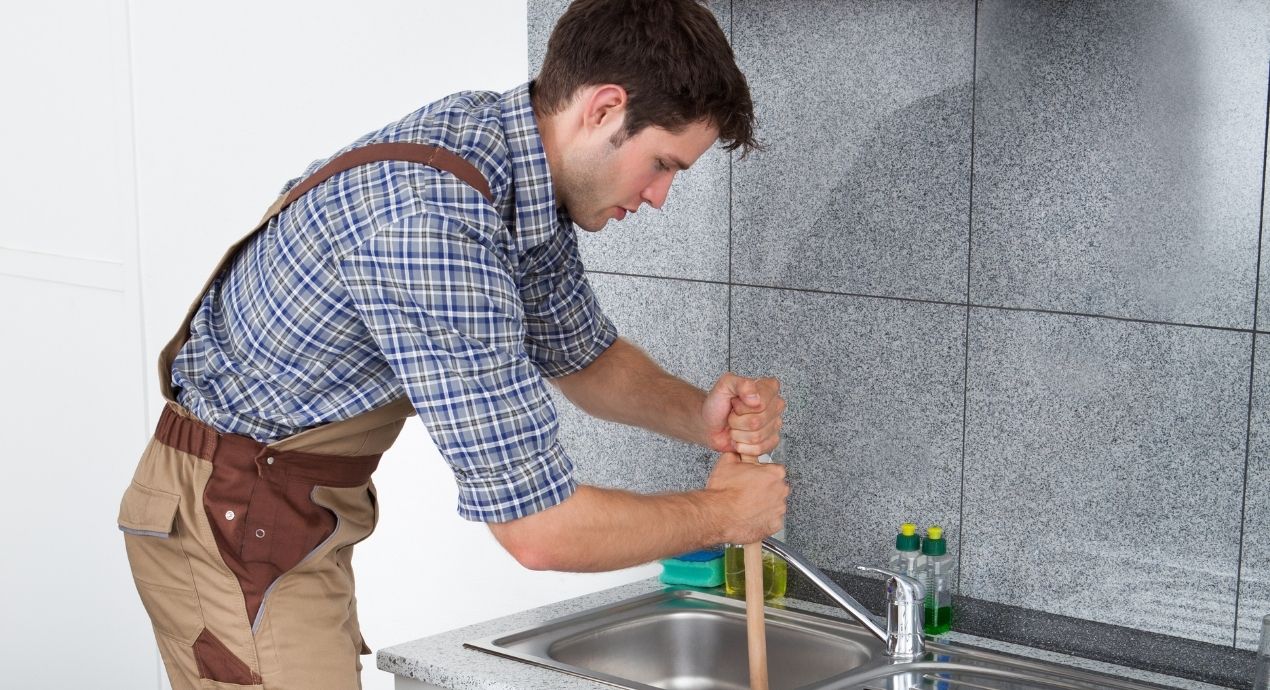 One of the most common and effective ways to unclog a kitchen sink is by using a plunger. This tool creates pressure and suction that can dislodge any blockages in the pipes.
Make sure to use a plunger with a flat rim, specifically designed for sinks.
Place the plunger over the drain and push down firmly, then pull up quickly to create suction. Repeat this several times until the water starts to drain.
If the sink is still clogged, try covering the overflow hole with a wet cloth to create better suction.
One of the most common and effective ways to unclog a kitchen sink is by using a plunger. This tool creates pressure and suction that can dislodge any blockages in the pipes.
Make sure to use a plunger with a flat rim, specifically designed for sinks.
Place the plunger over the drain and push down firmly, then pull up quickly to create suction. Repeat this several times until the water starts to drain.
If the sink is still clogged, try covering the overflow hole with a wet cloth to create better suction.
Try a Homemade Solution
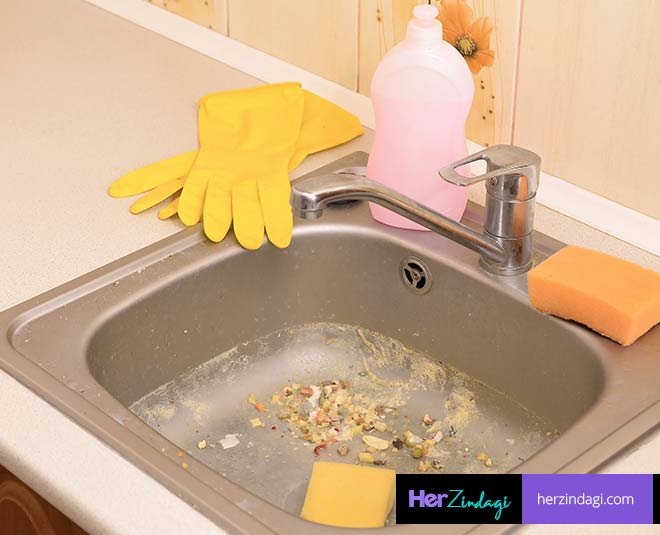 If you prefer a more natural approach, you can try using a homemade solution to unclog your kitchen sink.
A mixture of baking soda and vinegar can be a powerful combination to break down any buildup or blockages in the pipes.
Start by pouring half a cup of baking soda down the drain, followed by one cup of vinegar. Let it sit for 10-15 minutes, then pour a pot of boiling water down the drain to flush it out.
For tougher clogs, you can also try using a combination of salt, baking soda, and lemon juice to create a foaming reaction that can help break up the blockage.
If you prefer a more natural approach, you can try using a homemade solution to unclog your kitchen sink.
A mixture of baking soda and vinegar can be a powerful combination to break down any buildup or blockages in the pipes.
Start by pouring half a cup of baking soda down the drain, followed by one cup of vinegar. Let it sit for 10-15 minutes, then pour a pot of boiling water down the drain to flush it out.
For tougher clogs, you can also try using a combination of salt, baking soda, and lemon juice to create a foaming reaction that can help break up the blockage.
Use a Drain Snake
 For more stubborn clogs, you may need to use a drain snake to physically remove the blockage. This tool is a long, flexible wire with a small auger or hook at the end that can reach deep into the pipes.
Carefully insert the drain snake into the drain and twist it while pushing it in further.
When you feel resistance, try to hook onto the blockage and pull it out.
It may take a few attempts to completely remove the clog, but this method is highly effective.
For more stubborn clogs, you may need to use a drain snake to physically remove the blockage. This tool is a long, flexible wire with a small auger or hook at the end that can reach deep into the pipes.
Carefully insert the drain snake into the drain and twist it while pushing it in further.
When you feel resistance, try to hook onto the blockage and pull it out.
It may take a few attempts to completely remove the clog, but this method is highly effective.
Prevent Future Clogs
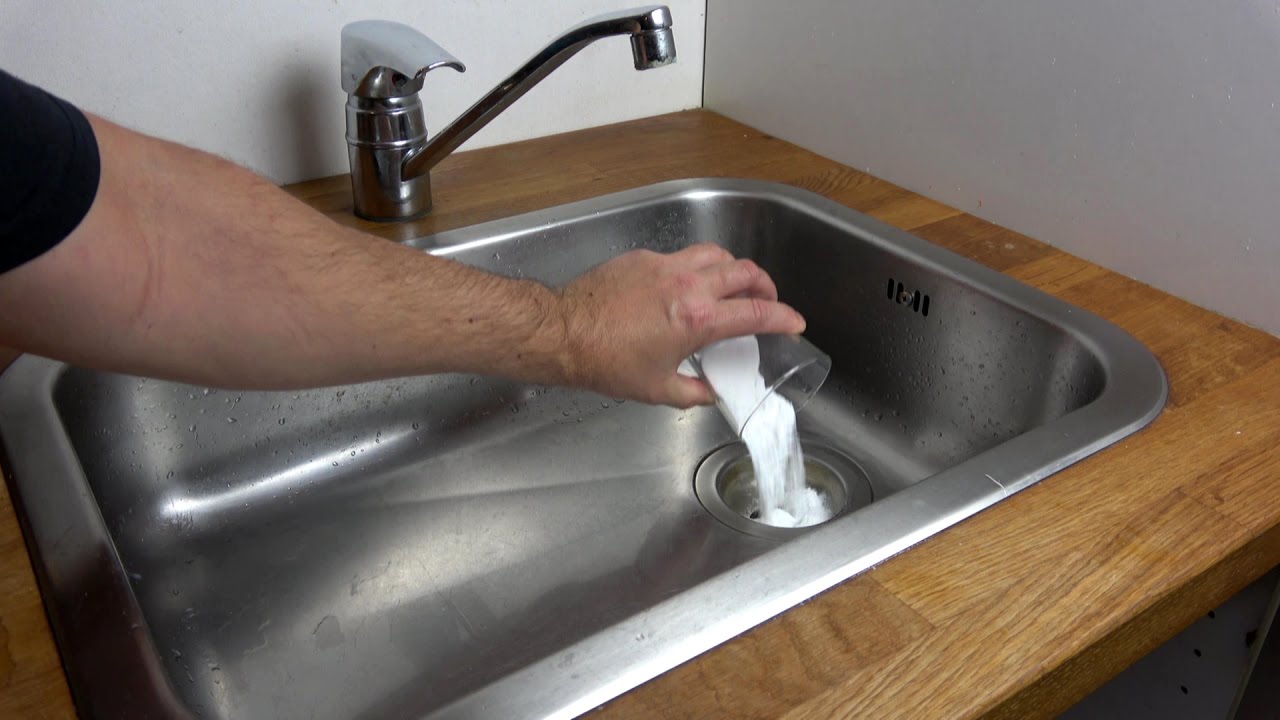 To avoid dealing with clogged kitchen sinks in the future,
make sure to properly dispose of food scraps and avoid pouring grease down the drain.
You can also use a drain cover to catch any debris and regularly clean it out.
Flushing your drains with hot water and vinegar once a month can also help prevent buildup and keep your sink running smoothly.
To avoid dealing with clogged kitchen sinks in the future,
make sure to properly dispose of food scraps and avoid pouring grease down the drain.
You can also use a drain cover to catch any debris and regularly clean it out.
Flushing your drains with hot water and vinegar once a month can also help prevent buildup and keep your sink running smoothly.
In Conclusion
 With these additional ways to unclog a kitchen sink, you can quickly and easily get your sink back to working order.
Remember to use these methods with caution and if the clog persists, it may be best to call a professional plumber to avoid causing further damage to your pipes.
By following these tips and practicing good maintenance habits, you can keep your kitchen sink running smoothly for years to come.
With these additional ways to unclog a kitchen sink, you can quickly and easily get your sink back to working order.
Remember to use these methods with caution and if the clog persists, it may be best to call a professional plumber to avoid causing further damage to your pipes.
By following these tips and practicing good maintenance habits, you can keep your kitchen sink running smoothly for years to come.


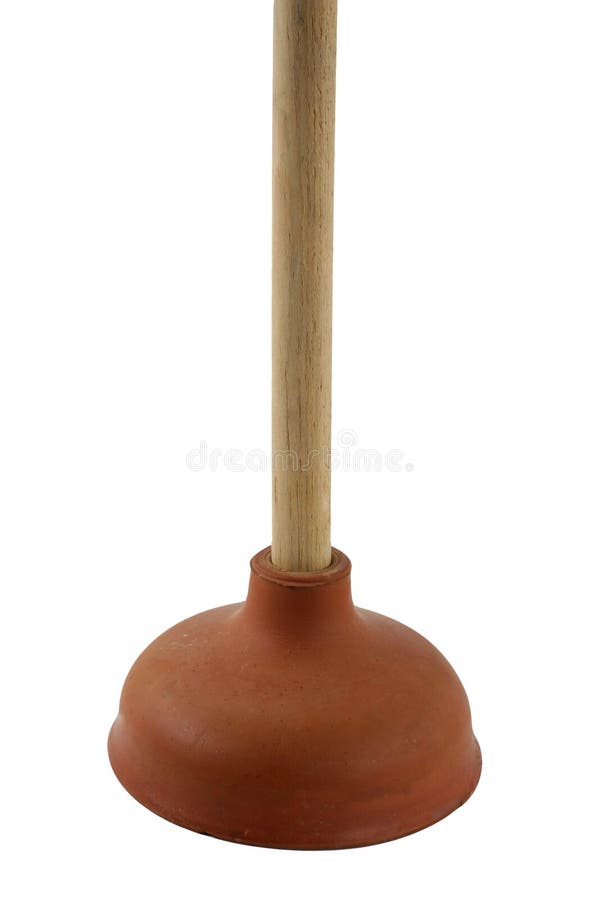
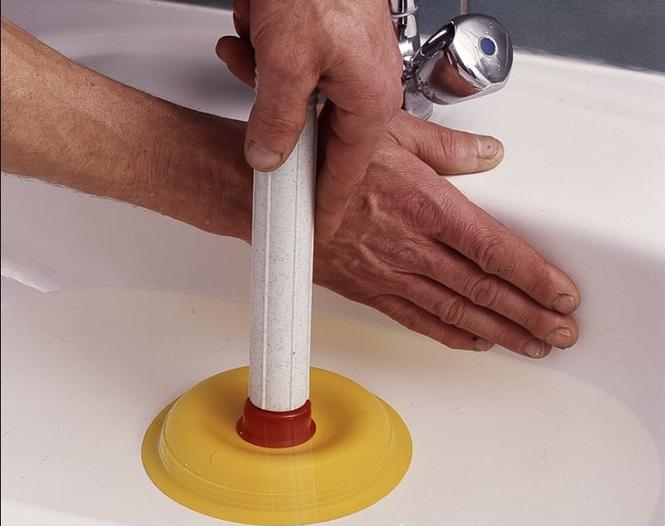

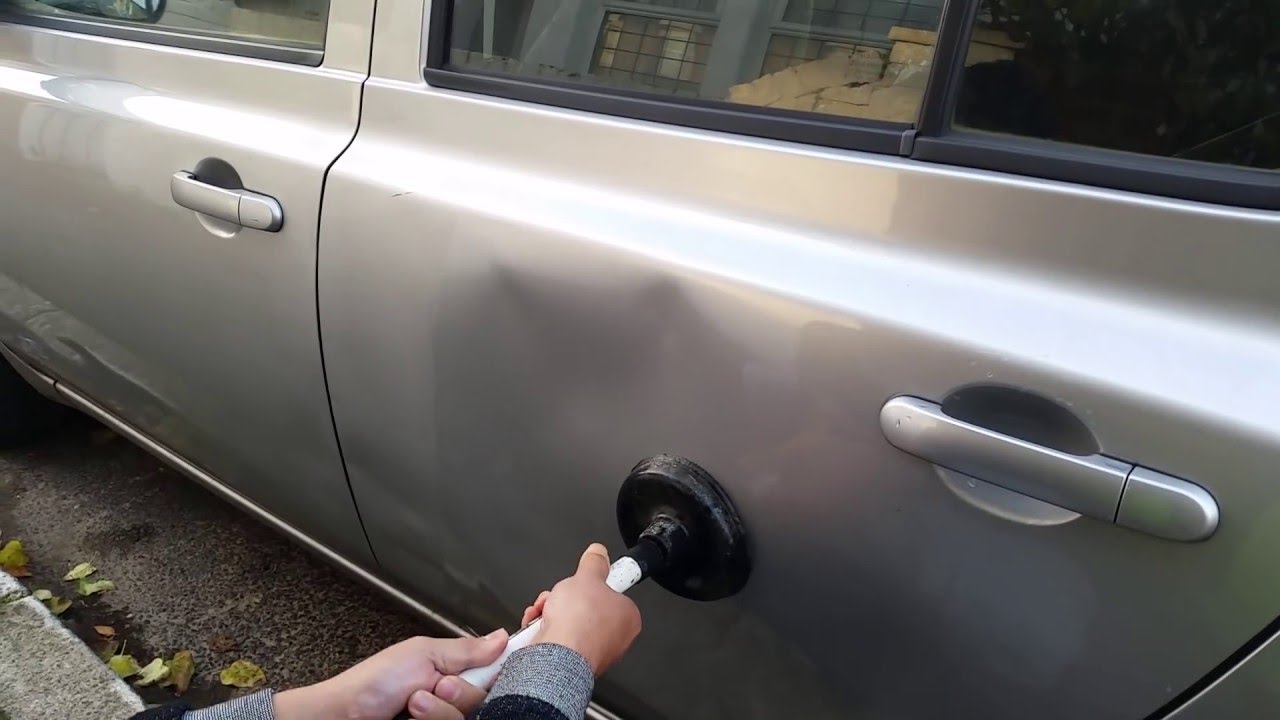

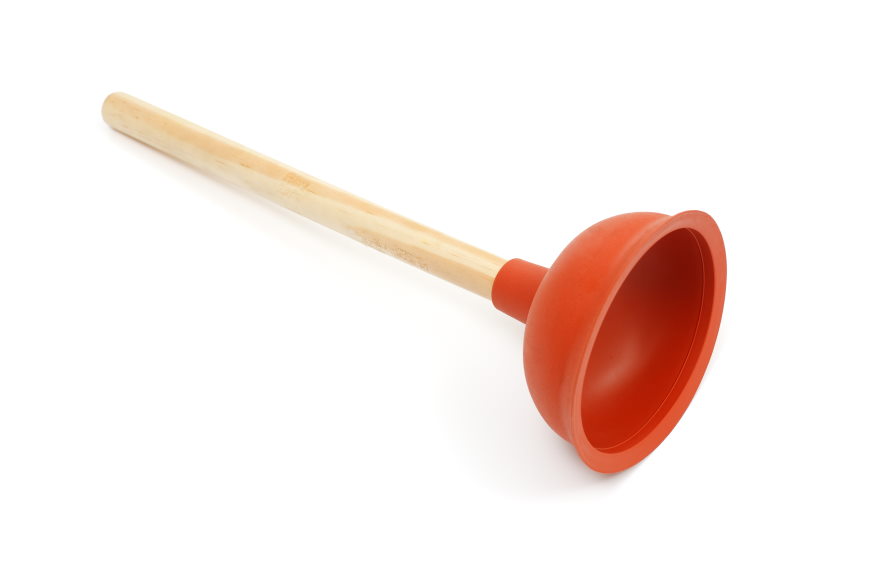
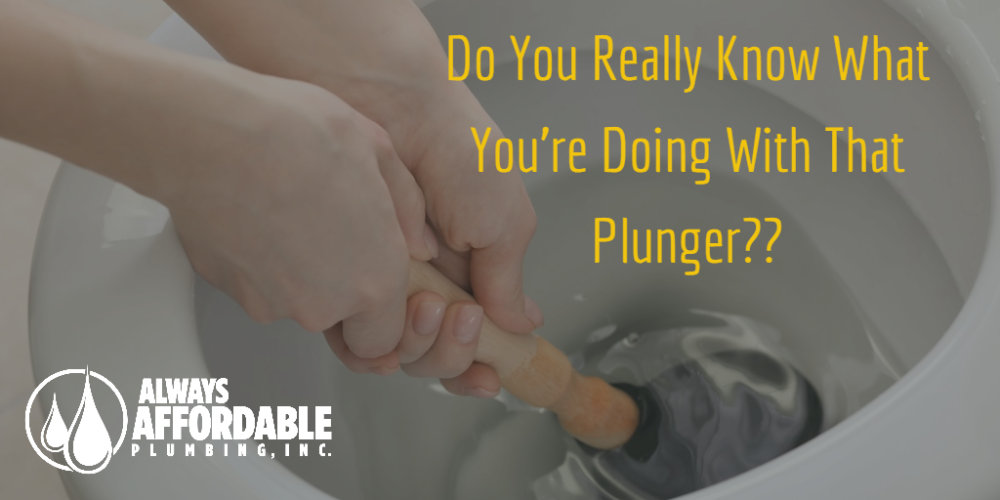




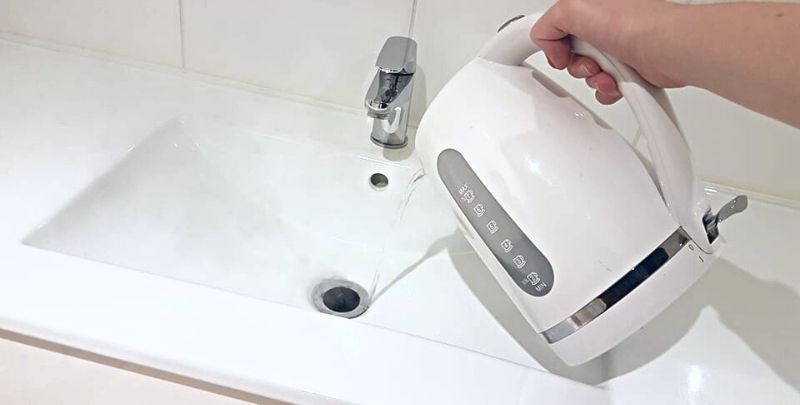

.jpg?time=1689761045394)
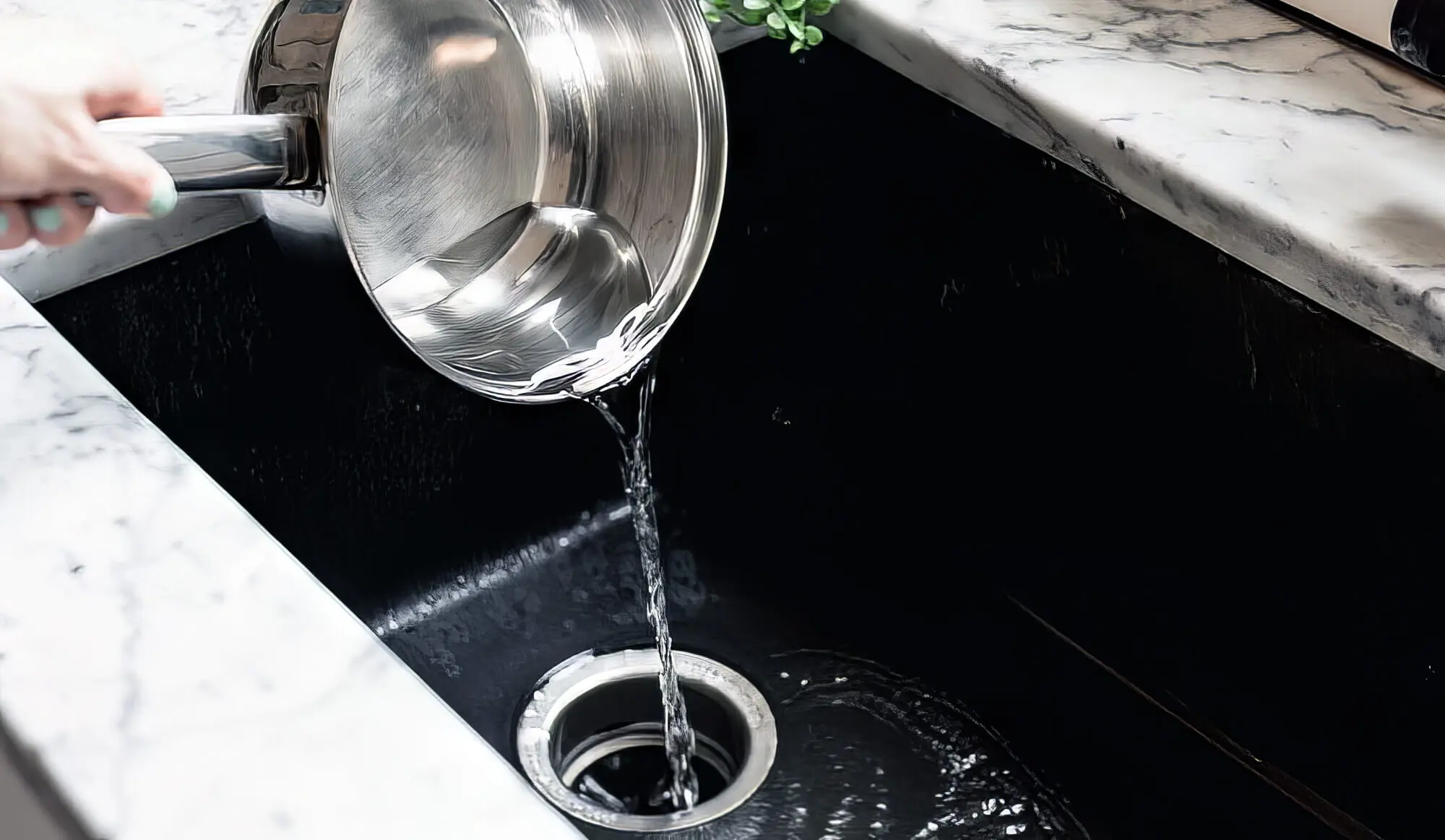
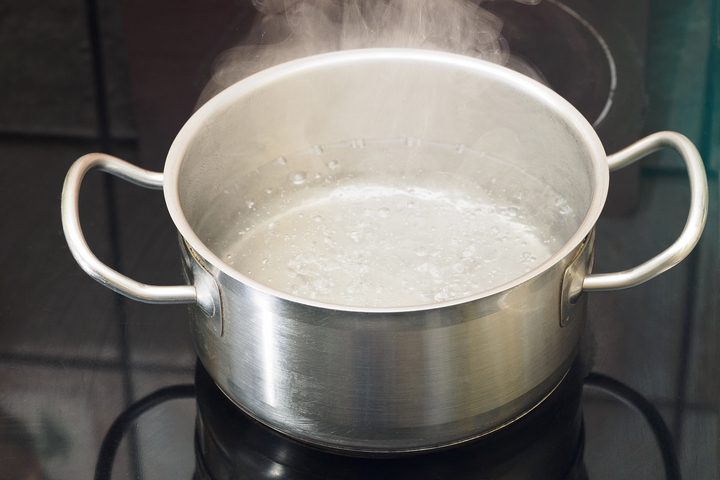


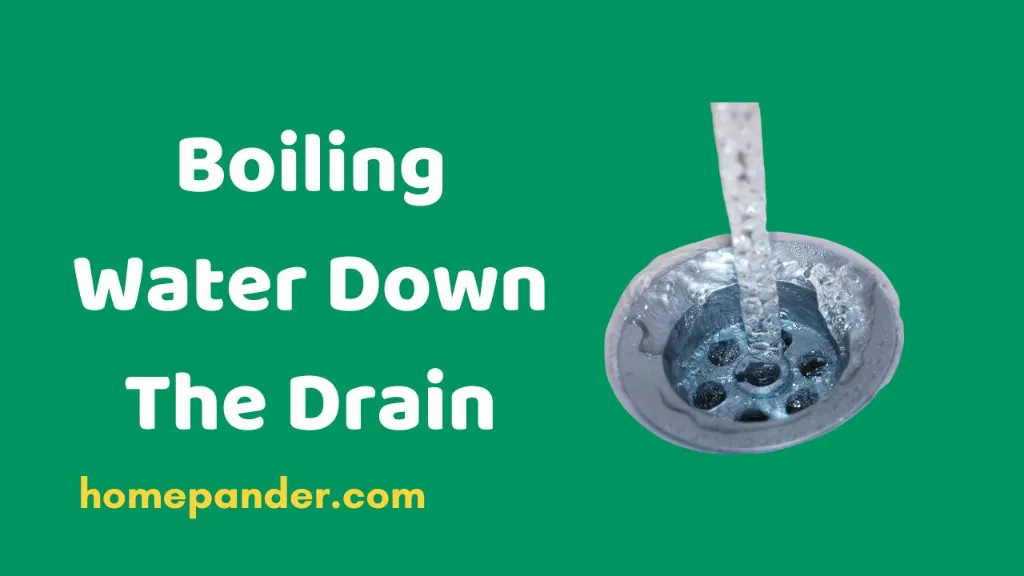
:max_bytes(150000):strip_icc()/GettyImages-1459148353-279aed56a15749c2a7310a882dbe3571.jpg)







